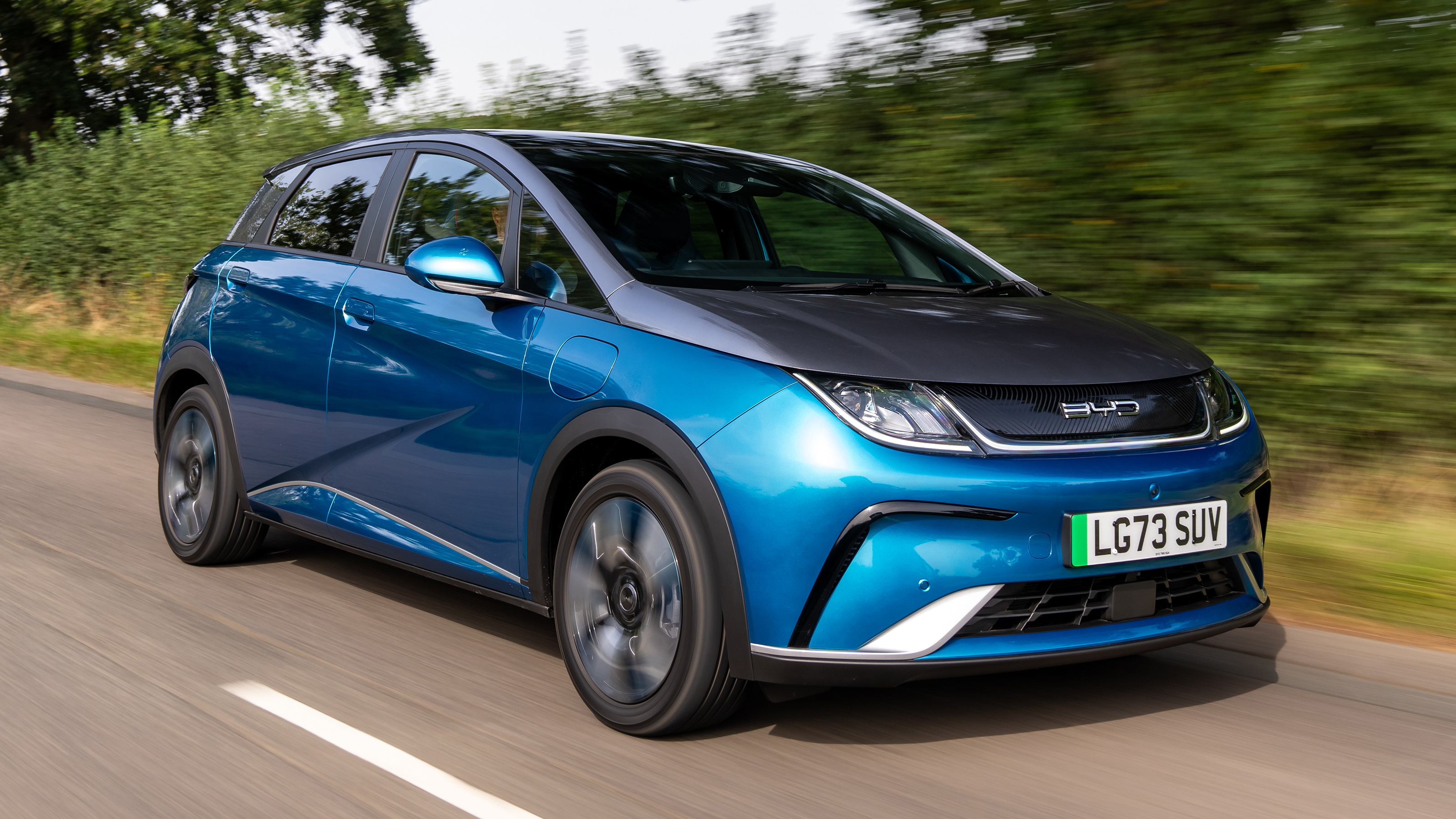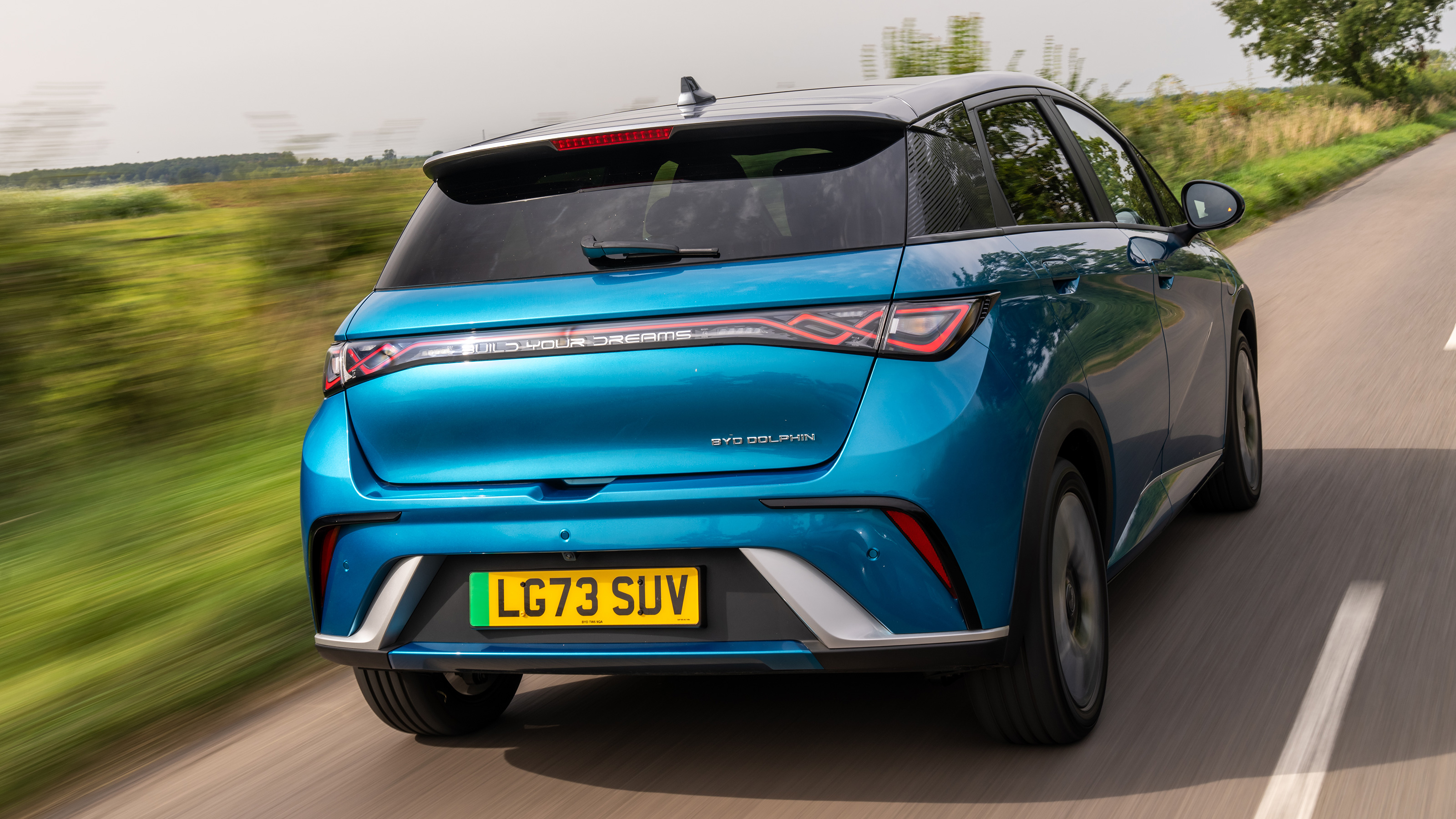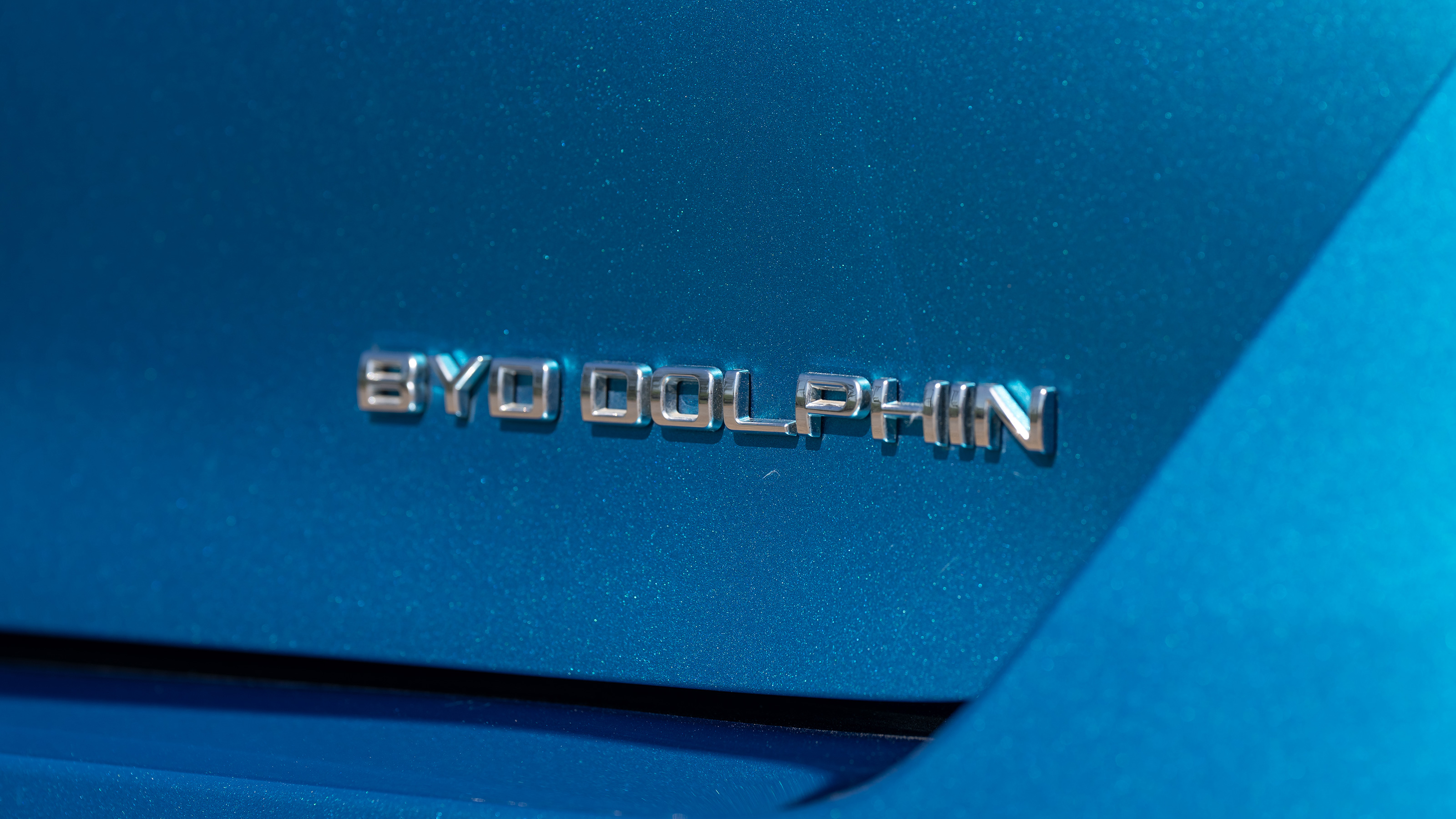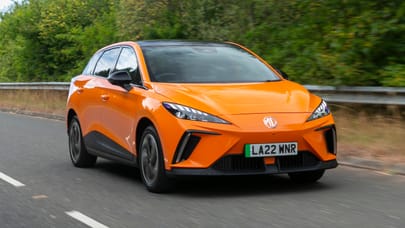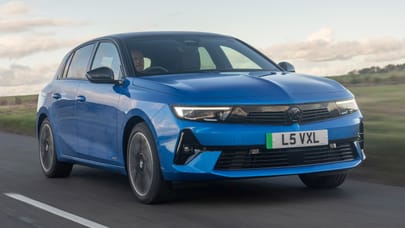
Good stuff
Reasonably cheap for an e-hatch, spacious cabin, well equipped
Bad stuff
Dull to look at, unsettled ride at higher speeds, too many gimmicks, just a bit dated
Overview
What is it?
A small hatchback from the world’s largest manufacturer of electric vehicles. Yep, you read that right: in 2024, it delivered a hammer blow to Tesla as it knocked it off the top spot in the global EV maker charts.
It’s already a household name in China – FYI that acronym stands for Build Your Dreams, and you won’t forget it because it’s scrawled across the bootlid. Cringe. And now it’s aiming for worldwide domination.
So, the Dolphin. First thing to know is yes, it’s named after the ocean mammal. Designed to look like one too, though we’re not sure we see the resemblance. It’s entirely inoffensive though, which is a backhanded way of saying it’s quite dull.
It’s not the only car here from BYD either: there’s the Dolphin Surf supermini, Seal saloon and Sealion 7 crossover-coupe. Something of a theme going on here, right? Wait, there’s also the Atto 3 crossover. Not sure what happened there…
Huh. What are the numbers?
At launch there were varying power outputs and two battery sizes available. Now though, you’ve just got the option of a 201bhp electric motor mated to a 60.4kWh battery for up to 265 miles of WLTP range.
While those are pretty standard figures for the sector, some rivals notably offer bigger batteries for more range, including the MG4 and Volkswagen ID.3. Others to consider include the likes of the Cupra Born, Peugeot e-308, Renault Megane E-Tech and Vauxhall Astra Electric.
A quick glance at BYD’s website and you’ll note that a 30-80 per cent charge takes 29 minutes on a 100kW DC charger. Wait, 30-80 per cent? Bit cheeky that, because most rivals will measure themselves from 20 per cent. Add another 10 minutes of thumb-twiddling here.
Is it any good to drive?
A mixed bag. It steers accurately and consistently, and the acceleration and brakes are nicely judged. The ride is on the softer side, and around town it handles our potholed roads and speed bumps happily enough.
Issue is, that softness leads to a slightly unsettled ride on B-roads and motorways. There’s a fair amount of body roll, jostling and head toss, which could be an issue if you’ve got any little 'uns prone to car sickness.
It also has a tendency to wander within its lane at higher speeds, meaning you’re constantly having to make steering adjustments to stay in the centre, which makes for hard work. Full lowdown on the Driving tab.
Shame. Does it redeem itself in the cabin?
The Dolphin’s party trick is its central rotating screen. And the dolphin flipper-shaped door handles, which are a nice touch. But back to that central screen, which measures 12.8 inches and can be rotated between landscape and portrait.
That's great and everything, but what’s the point? We rotated it to portrait mode once but then swiftly reverted to landscape. It offers a split screen mode too, for driver and passenger, but again it feels little more than a gimmick.
That’s not to say it’s more interesting than the outside though. Because it is, with BYD’s crayon team seemingly given free rein to play with whatever shapes and colours they wanted. And it feels nicely finished. Good amount of space, too.
Come on then, what's a Dolphin gonna cost me?
From as little as £3.50 a month according to everyone’s favourite search engine. To adopt, that is. Oh wait, you meant the car, didn’t you…
Well, along with reducing the number of electric motor/battery combos the trim levels have also been simplified, with just two now available. This means the cheapest Dolphin starts at £30,205, and the range-topper is £31,705.
Our choice from the range

What's the verdict?
On the face of it, the BYD Dolphin is one of the best value small electric hatchbacks around. It undercuts all but the MG4, and offers plenty of kit for the money. We like the funky cabin too, and the spaciousness defies its size.
Shame, then, that it’s so completely forgettable to look at. And that two-tone paintjob does little for us. But even if we forced ourselves to look past that, we’re not sure we could get on with the unpolished drive, which demonstrates several disconnected handling traits. Often in the same corner.
The MG4 proves that Chinese cars can be cheap and good to drive, and gimmicks can only do so much to mask a lack of dynamic talent. A couple of years back this might have cut it, but not any more.




